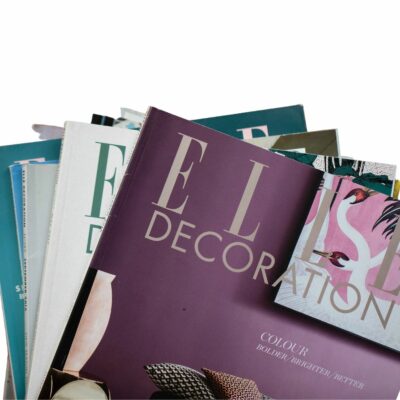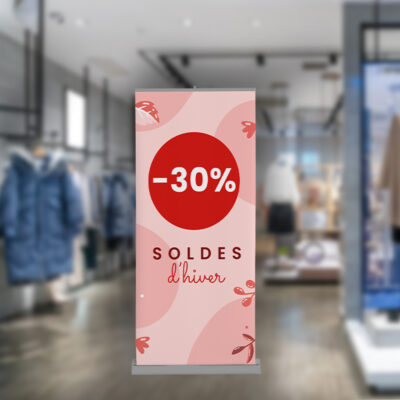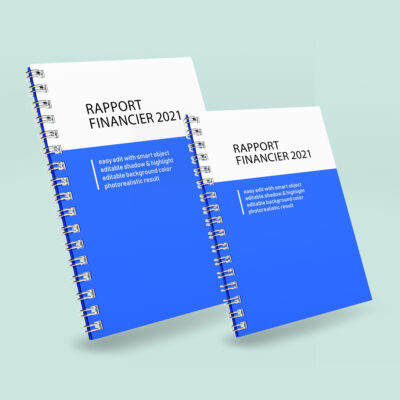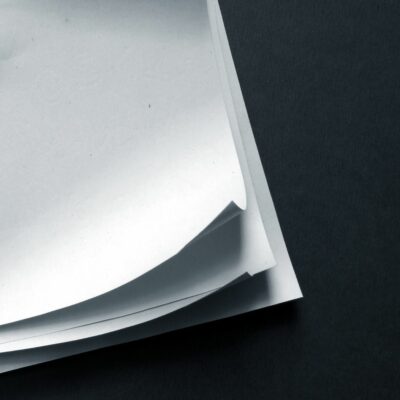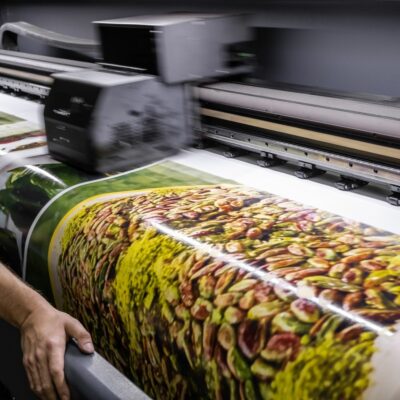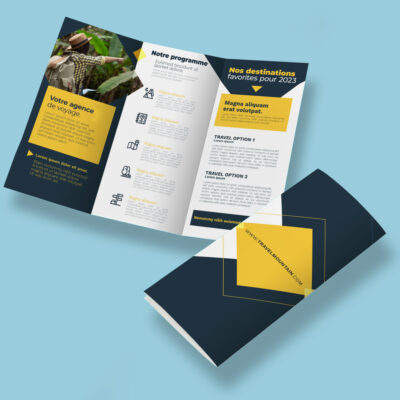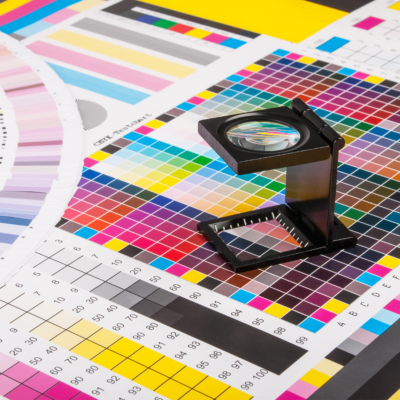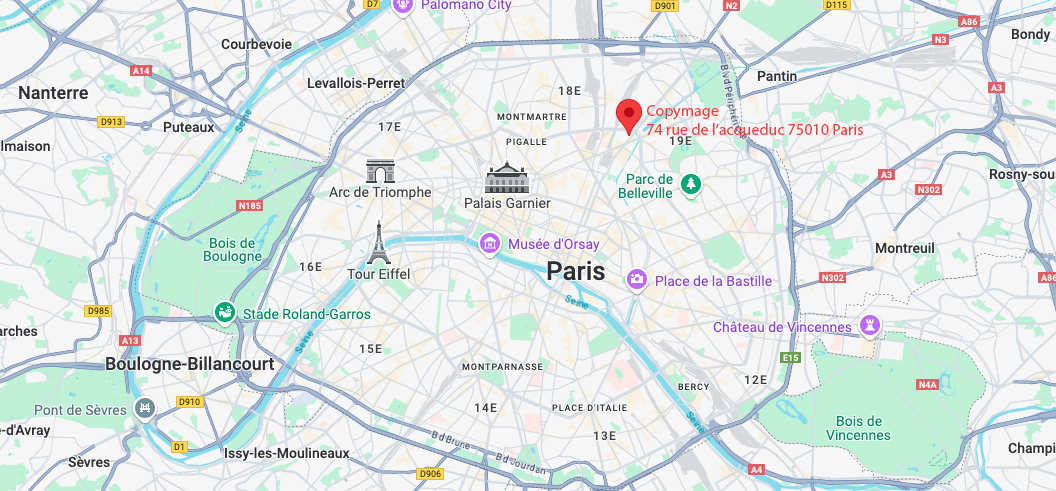- 📦 ON DÉMÉNAGE !🏭 COPYMAGE INTÈGRE L'IMPRIMERIE NOEL : 74, Rue de l'Aqueduc 75010 Paris✨ Nous allons faire la même chose, mais à un autre endroit ! ✨
- 📦 ON DÉMÉNAGE !🏭 COPYMAGE INTÈGRE L'IMPRIMERIE NOEL : 74, Rue de l'Aqueduc 75010 Paris✨ Nous allons faire la même chose, mais à un autre endroit ! ✨
- Call us 01 42 61 00 33
Monday to Friday 9:00 - 18:00 IMMEDIATE
CUSTOMISED QUOTERETRAIT EXPRESS
& LIVRAISON J+1-
-
- All
products - Cards
- Brochure
Files - Advertising
- Printing
- Office automation
- Adhesives
- Signage
- Themes
- Printing
Express in 4H
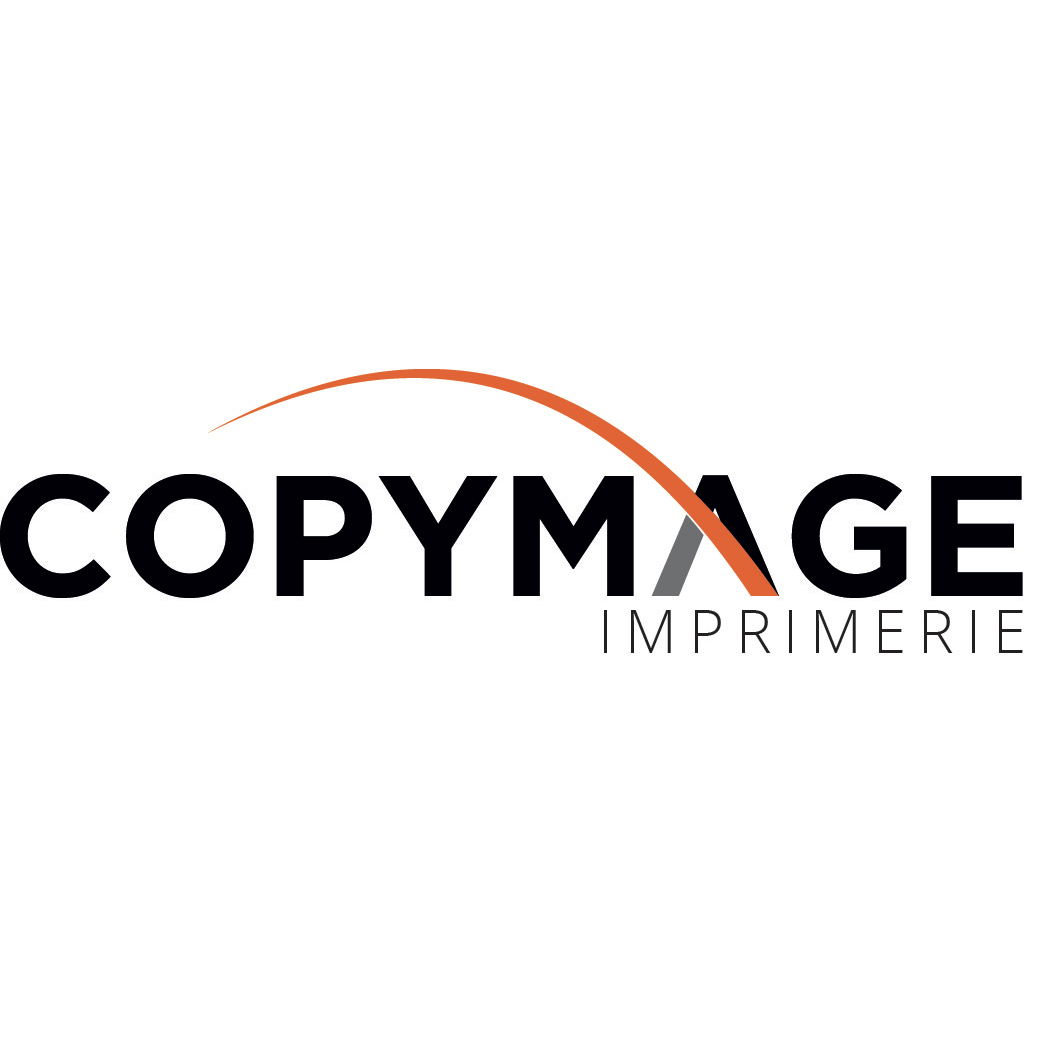
Tips & tricks from your printer
What type of paper to choose for a brochure?

Why is it important to choose the right paper for your brochure?
Are you a professional looking for the best way to promote your business or services? Then you've probably considered printing sales brochures. Compact and easy to distribute, these materials are perfect for promoting your company or products, if done right.
The paper you choose for your brochure is the key to a successful marketing campaign. It is the first impression your potential customers will have of your business or services. So you want to make sure that your brochure looks professional and communicates the message you are trying to convey. This is where choosing the right type of paper for a brochure comes in.
When selecting the paper for your brochure, you need to consider the type of brochure you are creating. Is it a brochure for a high-end product or service? Or is it a standard brochure for a more affordable product? The type of brochure paper you choose should reflect the type of product or service you are promoting.
The quality of the paper you choose is also important: it should be thick enough to protect the content of your brochure and make it look professional without breaking your budget. The paper should also be sturdy enough to hold up after several uses, but again, within your budget limit.
Also, your choice should take into account the specifics of each paper: some have a different texture that can give a more premium or natural look, others have the ability to absorb more large clumps of color without curling and are therefore perfect for brochures with lots of images, etc.
Finally, the weight of the paper can be a consideration when looking for the best type of paper for a business brochure, especially if you want to distribute it by mail. The thicker and heavier the paper, the more it will cost you in postage, even though this type of paper offers a better hold.
What types of paper are available, and what are their advantages?

The right paper can make all the difference in the overall appearance of your business brochure. It can also affect how long it lasts, how it looks in the end, how well it absorbs color, or how it feels to the touch. With so many types of paper to choose from, it can be difficult to decide which one is best for your project. Here is a selection of the most commonly used paper types for brochure printing:
- Coated paper: Coated paper has a finish that helps enhance the vibrancy of colors and graphics. It's also a good choice if you're looking for a durable paper that can withstand the elements. It can be available in matte or glossy.
- Glossy coated paper: Glossy paper is a popular choice for business brochures because it is bright and attractive. It is also ideal for reproducing color photographs and graphics because it makes them stand out.
- Matte coated paper: Matte paper has a clean, modern finish that helps reduce glare and gives the media a sophisticated look. It is also ideal for reproducing text and detailed images because the fact that it does not glow makes them more legible.
- Recycled paper: Recycled paper is becoming more and more popular for commercial brochures. It's environmentally friendly and it's also less expensive than traditional paper. However, the quality of the paper can vary and the result is often a little grainy, which may not be what you want.
- Cardstock: Cardstock is thicker than regular paper and is ideal for creating a professional result. It is also a great choice if you are looking for a paper that will hold up well over time. The cardboard effect comes from the weight, usually over 300g, so this paper is heavier.
These are some of the most commonly used paper types for business brochures. It is important to consider the purpose of your brochure and your budget when choosing the type of paper for a brochure, because with the right paper, you can create an attractive and effective brochure that stands out from the competition.
What criteria should you use to choose the type of paper for your brochure?
When choosing the type of paper for your sales brochure, there are several criteria to consider:
- Durability: since the brochure will probably be handled many times, you should choose a paper that is strong and able to withstand frequent use.
- Cost: Although higher quality paper may cost more, it will produce a superior result. However, a lower cost paper may suffice for a short-lived promotional brochure and allow for less expensive shipping.
- The type of paper: the choice of the type of paper for your brochure must also be made from the point of view of the final rendering (matt, glossy, glossy touch, etc.), because the brochure reflects the image of your company.
- The final look: by using a professional printer, you can use finishing options to customize the look of your brochure and make it more impactful to stand out from your competitors.
These are some of the key criteria to consider when selecting the type of paper for your brochure, but by analyzing the different options available and taking into account the different criteria listed here, you can choose the best paper for your needs and create a successful brochure.
Do you need help choosing the best solution for your needs? Copymage consultants are available now by phone at 01 42 61 00 33 or by email at contact@copymage.com to help you find the best paper type for your brochure. Don't hesitate to contact them now!
Our rates
The best prices on the market
The quality
We are demanding and attentive to your satisfaction
Our deadlines
Tight deadlines thanks to our continuous production system
Imprim'vert label
We are careful about our footprint and waste management. We have obtained the Imprim'vert label.
Help & Advice
Our experts are here to help you.
HELP & ADVICE
Our experts are here to help you. Do not hesitate to contact them.
Adresse
74 rue de l’Acqueduc 75010 Paris
Métro
Ligne 2, 5, 7 : Stalingrad
Ligne 7; 7B : Louis Blanc
Bus
Lignes : 26, N42, 45, 48











